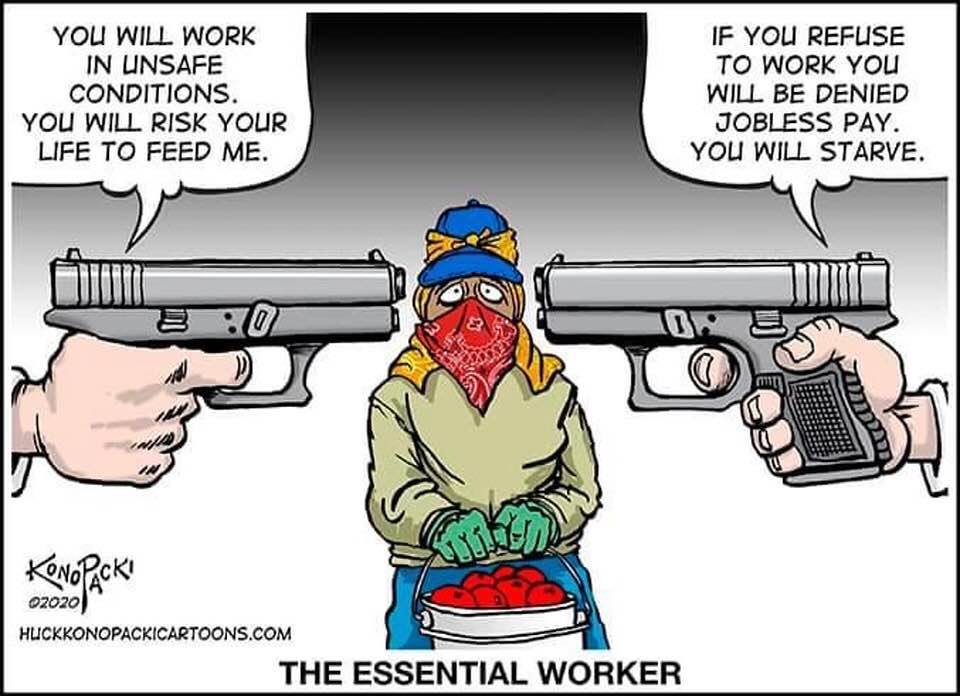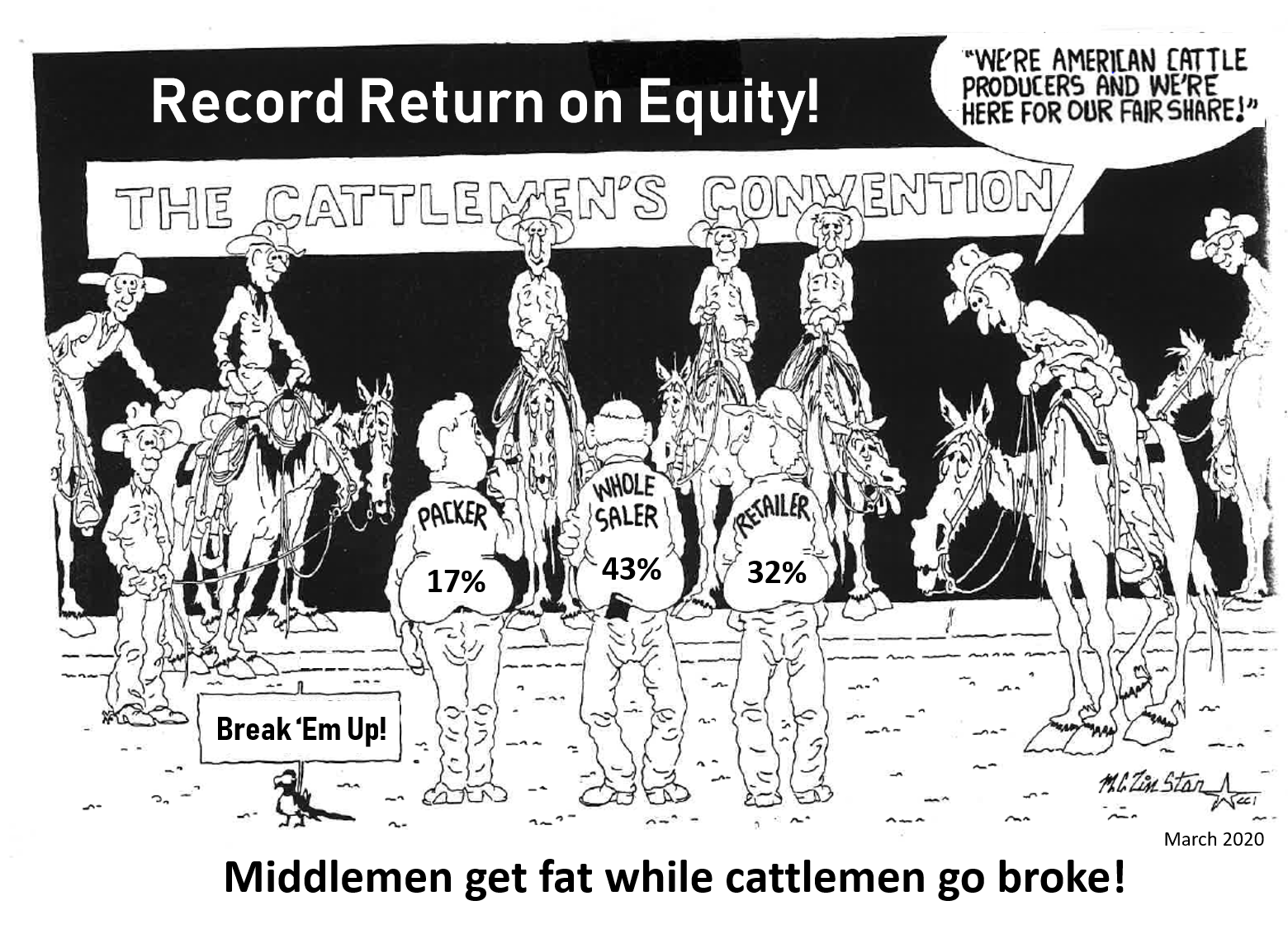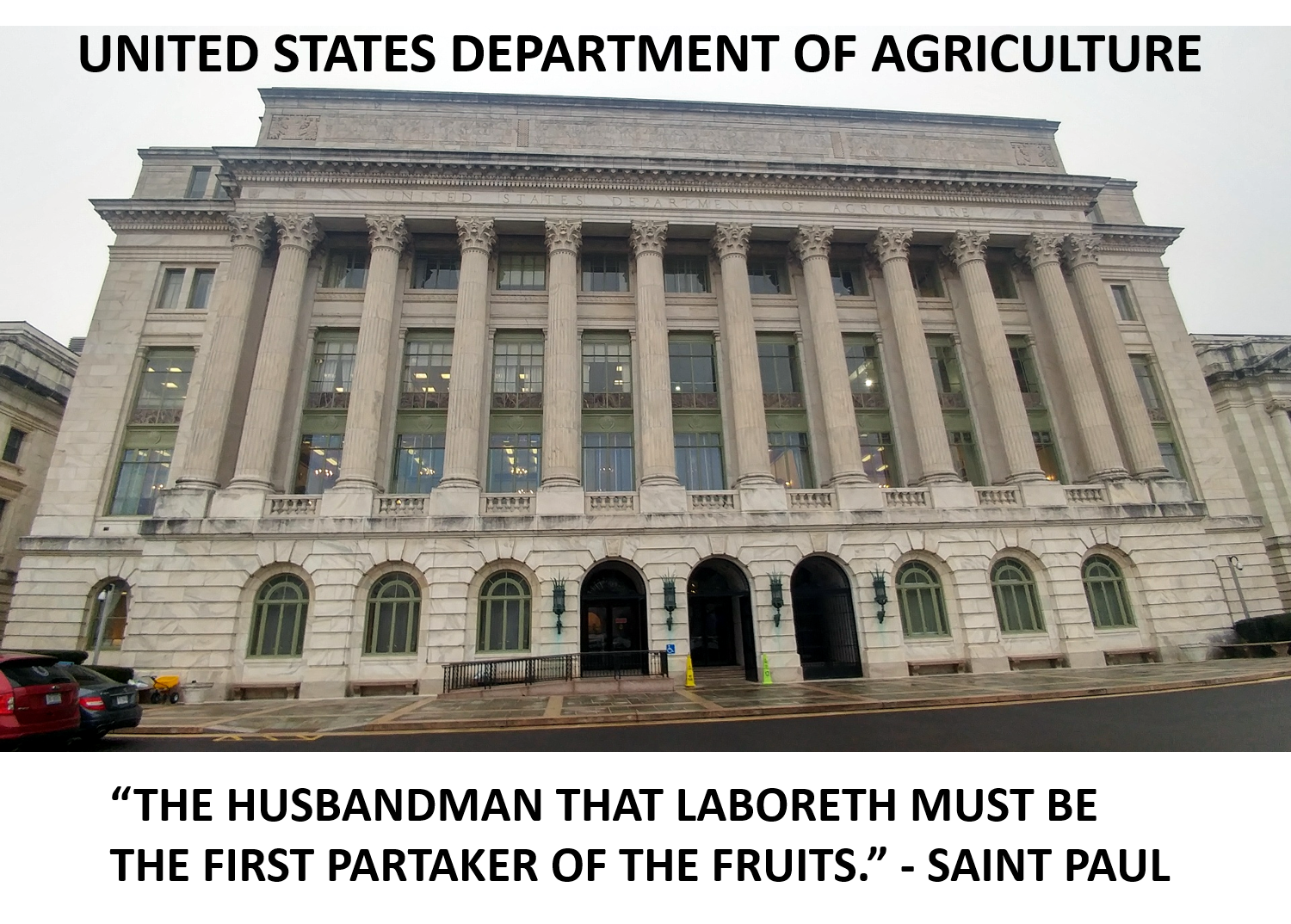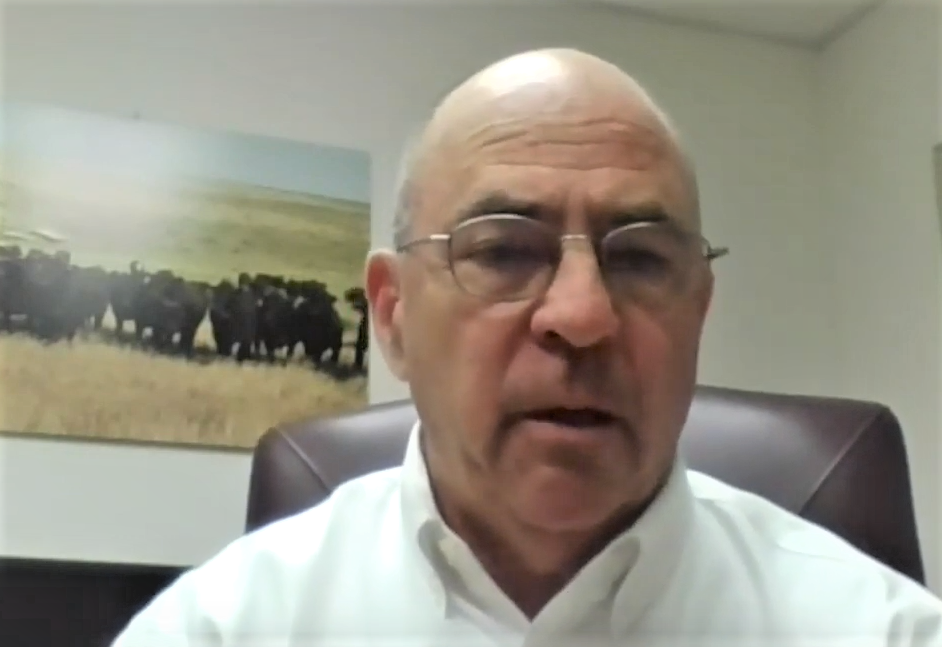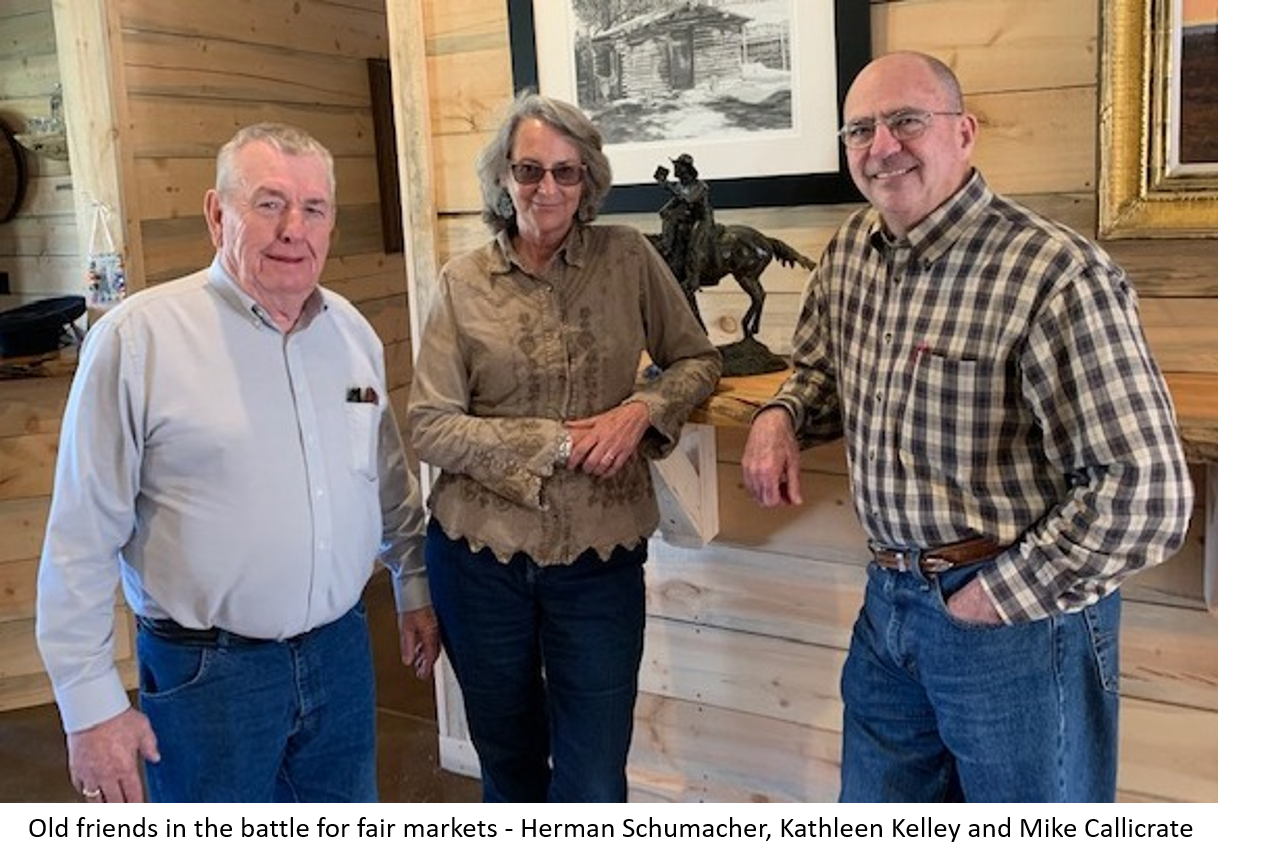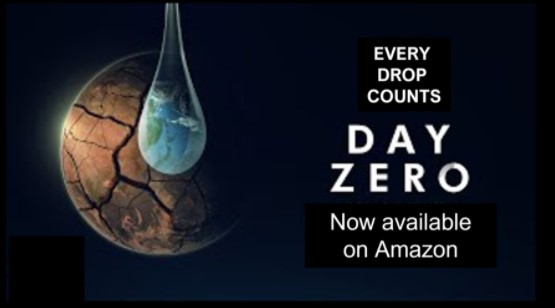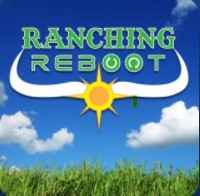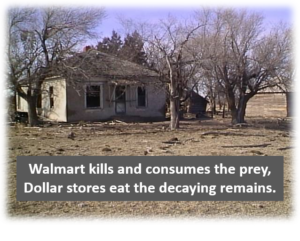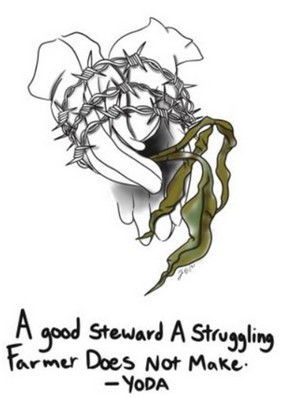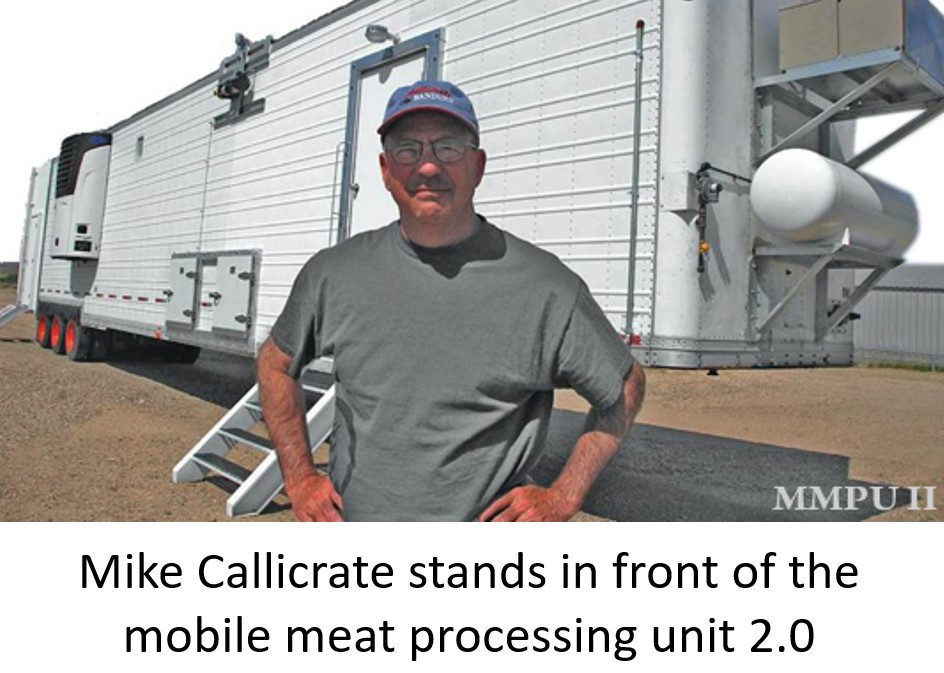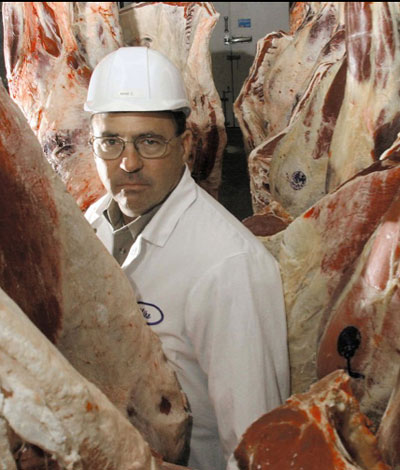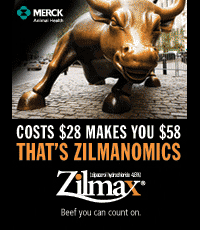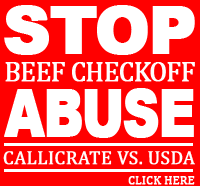The Flemingsburg Gazette – Group discusses problems facing cattlemen
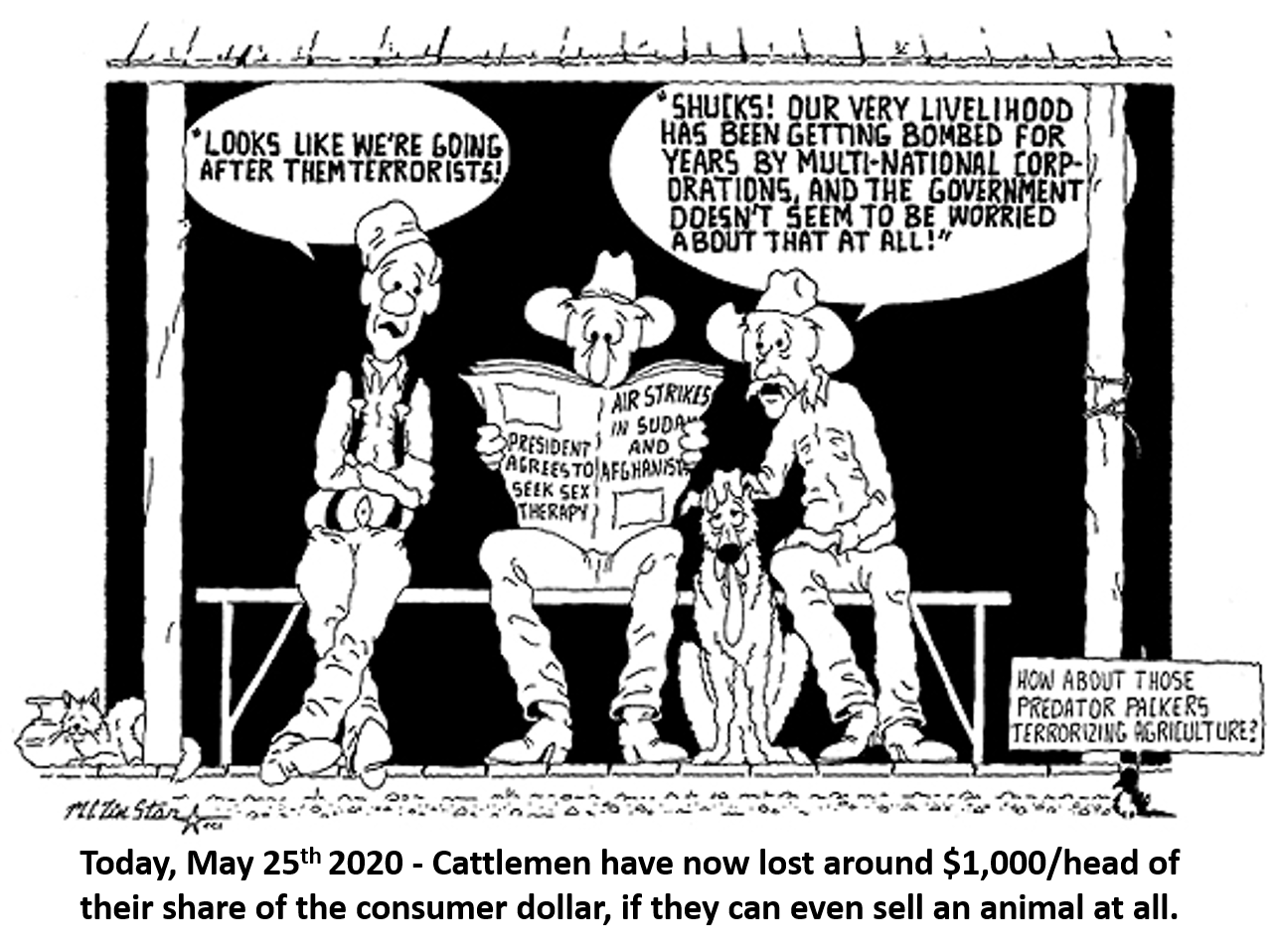 The Flemingsburg Gazette, Thursday, May 15, 2003 The Flemingsburg Gazette, Thursday, May 15, 2003by Guy Townsend, Publisher
What this country needs today is “local food for local people produced by local farmers,” Mike Callicrate told the Fleming County Cattlemen’s Association at the Fleming County High School cafeteria on May 6th. Callicrate was introduced to the crowd of about one hundred by Wayne Pagle as “a well-informed, independent feedlot operator in St. Francis, Kansas. He’s an activist for the cattlemen. He doesn’t necessarily toe the line, or carry the briefcase, for any association, but he does a real good job of advocacy for the cattlemen.” In a talk that lasted for well over an hour and was followed by more than half an hour of questions and answers, Callicrate told the group that “Never before has there been so much money in the food system, and never before has so little of the consumer dollar gone to the producer of that food.” Callicrate left no one in doubt about where he placed the blame for the decline in fortunes of the American cattleman. The problem, he said, is that “we’ve got a lot of concentration and consolidation going on in agriculture,” and this is making it increasingly difficult for independent cattlemen to survive, much less prosper.
Illustrating his talk with numerous slides, Callicrate relentlessly chronicled the decline of the fortunes of cattlemen, and the parallel increase in the profits of giant agribusinesses such as IBP, ConAgra, Cargill, and Tyson Foods, and giant retailers like Krogers, Safeway, and Wal-Mart. Especially Wal-Mart. Mike Callicrate doesn’t like Wal-Mart, and he doesn’t think you should either. Callicrate put up a slide headed, “Breakdown of Retail Beef Dollar—A Picture of Abusive Market Power and Producer Poverty.” Pointing to it, Callicrate said, “The cattlemen over here in 1975 used to get 65% of the dollar. We’ve got the cattlemen in 2000 getting 49%, and we’ve shrunk down to 40% in 2001. It looks like it was a direct transfer from cattleman to the retailer.”
“What’s the deal there?” Callicrate asked. “We know the packer is making a lot of money; they post record profits, they buy each other out. There’s no shortage of money in packing—among the big guys. The little guys are being driven out of business.” Callicrate said that the “biggest challenge” the packing industry has today is providing a plausible explanation for these drastic reversals. “They say, ‘Well, it’s because of value-added.’ That’s not true. It’s the same U.S.D.A. cuts. The same steaks, ground beef, and roasts. They say, ‘Well, it’s because of increased labor.’ No, that’s not true. They are paying less for labor now than they were twenty years ago.” The real answer, Callicrate said, is corporate greed. “It’s important to know that you folks that raised that animal and myself that fed that animal, we put up 85% of the total capital that’s required to put the steak on the plate that you ate tonight. The meatpacker and the retailer put up about 15% of the capital. And they got how much again?” Because of the decline in the cattleman’s percentage of the retail beef dollar, Callicrate said, the cattleman is getting $439 less per steer than he would have gotten at the 1975 percentage. “That’s how much we lost, and at the same time all of our expenses have been going up, we’ve all been getting jobs off-farm to try to keep the farm alive and to keep the cow herd. At that same time that packer and retailer are ratting away $439 of your money. Why is that happening?”
Callicrate quotes Auburn University’s Robert Taylor in answer: “The increasing gap between retail food prices and farm prices in the ‘nineties is due largely to the exertion of market power and not to extra services provided by processors and retailers.” Callicrate flatly accuses the giant corporations, such as IBP and ConAgra, of using their muscle to manipulate and depress cattle prices. For example, he cited the following from the February 1998 Corporate Roundup: “In a move that made cattle feeders livid and has drawn attention from government regulators, ConAgra sold cattle to IBP for slaughter in late January [1998]. ConAgra (and IBP) pushed cattle prices down with the deal, and left cattle feeders wondering if a competitive market—or laws against market manipulation—were still in force.” Callicrate is not content just to complain about the problem. He is a plaintiff in Pickett, et al. v. IBP, Inc., which is scheduled to go to trial in Federal Court in Montgomery, Alabama, in January of next year. The lawsuit accuses IBP of violations of the Packers and Stockyards Act of 1921, which was passed to curtail the very sorts of anti-competitive practices which the plaintiffs claim that IBP and others are engaging in today, under the blind eye of the federal agencies which are supposed to regulate them. Similar suits have been filed against ConAgra and Cargill and will be heard, in Omaha, after the IBP case is decided. “I believe litigation has to be the last resort to resolve the problem, but how long has it been since we’ve been talking about competition?” Callicrate said. “Somewhere between when the calf is born and the steak hits the plate, we have got to talk about the price, and if you vertically integrate this system you will simply have a poultry industry, where the guy on the land basically ends up with nothing except a bunch of chicken manure. And that is precisely where Tyson [which now owns IBP] intends to take the cattle business if we don’t win this lawsuit in Montgomery in January.” Callicrate sees few shades of gray in the conflict between cattlemen and the big corporations. For him, it’s mostly black and white. “You know, we’re wealth producers. Us cattle breeders, corn farmers, whatever. We basically take soil, water, and sunshine, and turn it into something of major value. But we are also a ‘cost to be reduced’ [to the big corporations]. At all expense. And look—what Tyson, again, did to chicken farmers, he will now do to cattle producers if we let him.” But it’s not just Tyson and IBP that draw Callicrate’s fire. “The biggest threat to freedom and democracy is monopoly,” he said. “Wal-Mart is the biggest threat to our economy today. They search the world for the hungriest people that will work the cheapest, and then import the product to the United States, the highest consuming market, and sell it for a high profit.” The problem is not that Wal-Mart is making high profits. Callicrate said the problem is that “Wal-Mart is putting people out of business …. Those stores, those Super Wal-Mart Stores, are an atom bomb in your community. They will put the competition out of business and leave nothing behind but minimum wage, to a few people, some of ‘em who used to actually operate a business in your community. And they dictate to Tyson; they dictate to their suppliers.”
In support of this last statement, Callicrate cited none other than John Tyson himself. “John Tyson and I had quite a discussion in San Antonio a couple of years ago. He had just decided they were going to buy IBP,” and when Callicrate mentioned the pending lawsuit to him Tyson responded, “Why don’t you sue Wal-Mart? They’re the problem. They tell us what they are going to pay us, and we don’t have any choice but to pay you less.” Callicrate had some tough advice for how his listeners should respond. He said that if they want to survive, “you will not sell to any national chain, company, or restaurant chain, or food store. You won’t do it, because they will put you out of business. I sat in front of the motel in Maysville earlier this evening, and I sat there and I scanned across. It went from Hardee’s to Wendy’s to Big K, to the Dollar General Store, to whatever. Every damned one of them is a national chain or restaurant or business of some kind, sucking your community dry. Totally eliminating your multiplier effect of a dollar produced in your community. It’s negative in a Wal-Mart community.” Callicrate is aware that many people don’t see the problem in the stark terms that he relates. “You guys aren’t so worried about it yet, because you all have off-farm income. And I’m saying, you’ve got enough money invested you ought to be able to make a living on your farm, without off-farm income. You’ve been driven to work at Wal-Mart in the morning, McDonald’s in the afternoon, and run your farm at night. That’s slavery and it shouldn’t be allowed in America.”
The answer, Callicrate said, is regulation. “Regulation of economic power is required to ensure the preservation of the free market system … You gotta regulate the market. You gotta regulate the players. You don’t allow monopolies. I’ve always said anti-trust laws are like the fence around your playground. You know, the fence around the playground keeps the kids out of the street. Keeps them safe. Anti-trust laws are around our market place, and if they aren’t enforced, our markets die. And that is precisely what’s happened. We’ve had no enforcement of anti-trust laws. It is time to rein in the huge meatpackers and reestablish a free, fair, and competitive market for independent livestock producers.” In the Q&A session that followed his presentation, Callicrate was asked by Charles Cannon about whether he thought “that the best way to break up this monopoly and concentration was through the legal system.” Callicrate responded: “I think it’s the only way. I think that we don’t have any other alternatives. We’ve tried a lot of different ways of addressing the problems. By meeting with the packers and saying, ‘Won’t you be nice and take your foot off my neck?’ To legislation, but they have way too much power in Washington, and we’ve failed miserably in our attempts to legislate it.” Jere Cannon asked, “Do you think the Organization for Competitive Markets is one of the good media organizations going now?” Callicrate responded, “I think it is just an outstanding organization. It was really a bunch of those guys, economists, and lawyers, and people that were very concerned and found no satisfaction in other organizations, that kind of came together, and they’ve become a think tank…. There’s a lot of new cattlemen’s organizations being formed today, and OCM is standing by to help those folks. And they’re effective, and I like them.” Bob Reeves revealed a bit of impatience when he asked, “Excuse me, sir, but how’s this going to help us, as people that grow cattle? I mean, I’ve listened to you for an hour and a half, and I’m trying to figure out how I’m going to get more out of my cattle…. I mean, how long is this going to take, and how much more are we going to be getting?” Callicrate responded at some length about the need to increase the number of buyers, saying, “So we increase the number of competitive bids that are out there. By doing that we’ll increase the price at the feedlot. The feedlot, then, will go to the auction markets around the country and they will buy their feeder cattle.” But Reeves was looking for more concrete answers: “Like, now, say you’ve got a 700-pound steer and you’re getting 70 cents a pound for it. In the future, with this market you’re talking about, what should you get? What should it be worth? What should be a fair price?” Callicrate replied, “Well, that’s for the market to decide. Nobody dictates in a market. So all you want to do is make sure there is a market.” Callicrate said that today’s markets aren’t truly open. “Can you sell a fat steer anywhere you want?” he asked. “No way. You can’t.”
Reeves replied, “It’s according to who you are. I mean, you can get a price for it …” The next question came from Daniel Smith. “I’m just curious. You were talking about alliances. If we did come up with some type of packer thing, how would independent producers be able to participate further down the line?” Callicrate responded with a question of his own: “Are you a meatpacker?” he asked, and Smith said he was not, Callicrate said, “Why should you participate down the line, except through a competitive market?”
As for “alliances,” which Callicrate had denounced in his presentation, Callicrate said, “this idea of an alliance giving you a share of [their profit] is crazy. One of the biggest, most popular alliances that get shoved in your face every time you turn around is U.S. Premium Beef. They charged you guys fifty-six bucks a head for the slaughtering fee, and another couple of bucks for something else. Do you know what you did? You bought the rope to hang yourself with. They pay you $25 of that $400 they took away!” Smith persisted, saying “at least you are getting a dividend back. You might be paying in and getting it back, and it would be a zero-sum, but shouldn’t that be a producer’s choice?” “Absolutely,” Callicrate responded. “It should be a producer’s choice. But if it’s anti-competitive, if it’s at the expense of your neighbor—in other words, if you’re standing on the neck of your neighbor to make that money, it’s illegal under the antitrust laws. If what they do has the effect of reducing competition, the Packers and Stockyards Act says they can’t do it. It’s absolutely illegal and shouldn’t be allowed.” Callicrate went on to say that the problem is that anti-trust laws are not being enforced. He said that Jim Baker, a former administrator of Packers and Stockyards with the USDA, was once asked, “Jim, if you had it to do over again, is there anything you would do different? Is there anything you regret about your job at Packers and Stockyards?” According to Callicrate, Baker’s response was, “Yeah. I wish I would have enforced the law.” But that, Callicrate said, is not happening. “They aren’t going to do it,” and he said the reason “they aren’t going to do it is because of the revolving-door syndrome. We’ve got meatpackers and retailers moving in and out of the USDA complex.” Harkening back to alliances, Callicrate said, “That U.S. Premium Beef deal is a fraud. It’s a fraud. They pay you twenty-five bucks of the four hundred they stole from you, and they say you got a dividend, but you’ve got to sell your stock to get it. It’s not right.” Scott Porter asked, “The Pickett lawsuit you talked about, is it just targeting the packers, or does it target the retailers, too, the Wal-Marts and Krogers? To me, they look like they are beating the packers, they are bigger thieves than the packers.” Callicrate agreed: “They are a bigger thief by far than the packers. A bigger thief by far.” But, he said, “The lawsuit only targets the packers, because the Packers and Stockyards Act that was passed in 1921 to break up the big meat packer monopoly back then only applies to packers.” Chuck Marshall wanted to know “What response has the USDA given to country-of-origin label restrictions?”
Callicrate responded, “The USDA is dead set against country-of-origin labeling because it interferes with their globalization model of business. We will see an economic disaster as a result of free trade. We pay high taxes, we’ve got a military, we’ve got police forces, we’ve got schools, we’ve got highways and we think shouldn’t have potholes in ‘em, we’ve got mandated costs of doing business that are incorporated right into the livestock we produce, and yet we’re supposed to compete with Brazil, who has slave labor? And who has producers that are also selling below cost of production?” Austin Paul, following up on the labeling question, asked, “How are they going to enforce it? Are they going to do anything different? … How are we going to do this?” Callicrate responded, “Well, basically, the way the bill reads is that what is imported should be marked and labeled. I mean, everything that we import in this country, whether it’s boxed beef, live cattle, or carcasses, is identified. All you’ve got to do is track it.” Eugene Barber asked, “Mike, if the packer ban comes before the Senate, what would you recommend that we do about it, here?”
“Vote for it,” Callicrate said. Barber wanted to know what should be done at the local level: “What do you think we need to do?” Callicrate said, “Pass a resolution in your organizations to support a ban on packer ownership. Push your congressman, your legislators.” Callicrate ended the evening with an ominous reminder. “If you don’t do something,” he said, “your off-farm job is going to have to get better and better to support your livestock enterprise.” Guy Townsend is the publisher at The Flemingsburg Gazette in Flemingsburg, Kentucky, and can be reached at gazette@kywirelesscollc.com or 606-845-9211. |

